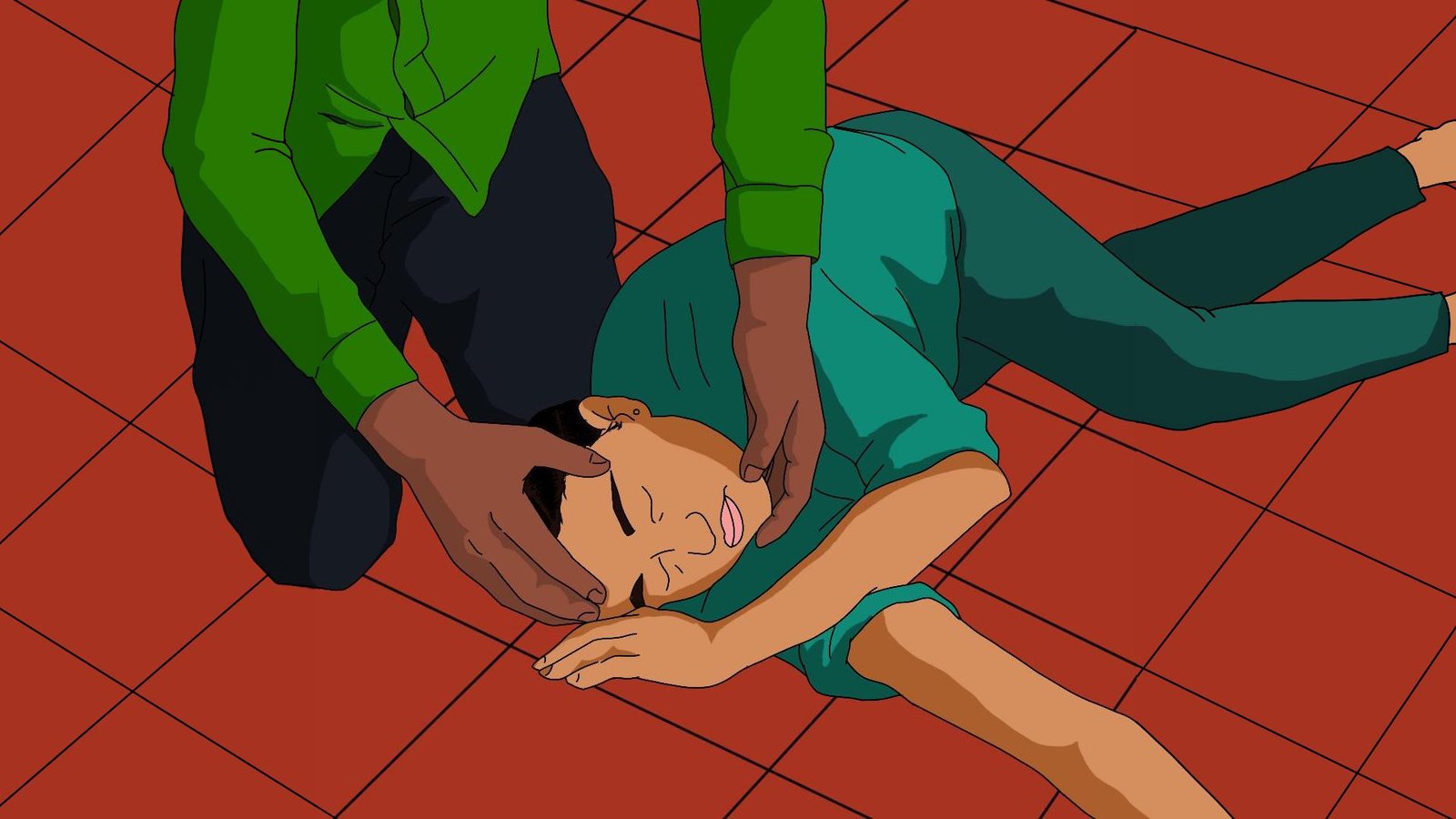🎧 Listen to: Epilepsy

Epilepsy
What is epilepsy?
Epilepsy is a brain condition that causes repeated seizures. A seizure happens when there is a sudden rush of abnormal electrical activity in the brain, leading to shaking, confusion, or loss of awareness. A person is diagnosed with epilepsy when they have two or more seizures that are not caused by another medical condition.
How common is epilepsy in Africa?
Epilepsy is more common in Africa than in many other parts of the world. According to the world health organization (WHO), over 10 million people in Africa live with epilepsy, yet many do not receive proper treatment. In some communities, epilepsy is misunderstood and linked to superstitions, making life difficult for those affected. It is important to know that epilepsy is a medical condition, not a curse or a spiritual attack.
Common myths about epilepsy?
There are many false beliefs about epilepsy that lead to stigma and discrimination. Here are the facts:
- Epilepsy is not contagious. You cannot catch it from another person.
- Epilepsy is not caused by evil spirits. It is a brain condition that can be managed with treatment.
- People with epilepsy can live normal lives. With proper medication and support, they can work, study, and have families.
What causes epilepsy?
Doctors cannot always find the exact cause of epilepsy, but some known causes include:
- Head injuries from accidents, falls, or violence.
- Brain infections like meningitis or HIV/AIDS.
- Lack of oxygen at birth, which affects brain development.
- Genetic factors, meaning epilepsy can sometimes run in families.
- Stroke, especially in older adults.
- Brain tumors or cysts.
- High fever in childhood that damages brain cells.
Symptoms of epilepsy?
The main sign of epilepsy is having repeated seizures. There are different types of seizures:
Focal seizures (affecting one part of the brain)
- Focal aware seizures: The person remains conscious but may experience strange smells, sounds, or movements.
- Focal unaware seizures: The person may appear confused, stare blankly, or make repetitive movements.
Generalized seizures (affecting the whole brain)
- Absence seizures: Short blank stares, blinking, or lip-smacking.
- Tonic seizures: Stiff muscles, often in the legs, arms, or back.
- Atonic seizures: Sudden loss of muscle control, leading to falls.
- Clonic seizures: Repeated jerking movements, usually in the face, arms, or legs.
- Myoclonic seizures: Quick, jerky movements in the arms or legs.
- Tonic-clonic seizures (previously called grand mal seizures): The most severe type, where a person may lose consciousness, shake violently, bite their tongue, or lose bladder control.
How is epilepsy diagnosed?
Doctors use different tests to confirm epilepsy, including:
- Blood tests to check for infections or other health problems.
- Electroencephalogram (EEG): A test that checks for unusual brain activity.
- Brain scans (CT scan or MRI): These can detect brain damage or tumors.
How is epilepsy treated?
Epilepsy can be managed with proper treatment, including:
- Anti-epileptic medication: This helps reduce or stop seizures if taken correctly.
- Surgery: In some cases, doctors can remove the part of the brain causing seizures.
- Lifestyle changes: Getting enough sleep, avoiding alcohol, and managing stress can help reduce seizures.
How to help someone having a seizure?
If you see someone having a seizure:
- Stay calm and keep people away.
- Gently lay the person on their side to help them breathe.
- Put something soft under their head to prevent injury.
- Loosen tight clothing, like a tie or scarf.
- Let the seizure pass naturally. It usually lasts a few minutes.
Do not:
- Put anything in their mouth (they cannot swallow their tongue).
- Hold them down or try to stop the movements.
- Give them food or water until they are fully awake.
- Perform mouth-to-mouth breathing unless they are not breathing after the seizure stops.
Living with epilepsy in Africa?
People with epilepsy need love, understanding, and medical care. Unfortunately, many in Africa do not seek treatment due to stigma or lack of healthcare access. Families and communities must support those with epilepsy by:
- Encouraging them to take medication regularly.
- Helping them avoid triggers like stress and lack of sleep.
- Treating them with kindness and respect, not fear.
Conclusion?
Epilepsy is a medical condition, not a curse or punishment. With proper treatment and support, people with epilepsy can lead full and productive lives. It’s time to spread awareness, end stigma, and ensure that those with epilepsy in Africa get the care they deserve.
